A Step-by-Step Guide to Crafting the Perfect Pineapple Boat Sweet and Sour Pork: A Culinary Journey Through Time and Flavor*
Sweet and Sour Pork, or Gu Lao Rou (古老肉), is a iconic dish in Cantonese cuisine that has captivated taste buds across the globe for centuries. Its name, translating to “ancient meat,” hints at its enduring legacy, while its flavor profile—a harmonious dance of tangy, sweet, and savory notes—ensures its place at the heart of countless family feasts and banquets. The pineapple boat presentation, a creative twist that transforms the dish into an edible centerpiece, adds a layer of visual drama and tropical flair. This article will guide you through the art of preparing Pineapple Boat Sweet and Sour Pork*, blending tradition with innovation to create a meal that delights both the palate and the eye.
The Origins of Sweet and Sour Pork
Before diving into the recipe, it’s worth exploring the dish’s rich history. Legend traces its roots to Guangdong province, where chefs sought to elevate humble ingredients into culinary masterpieces. Early versions likely used local fruits like pineapple and vinegar derived from rice wine, creating a sauce that balanced acidity and sweetness. Over time, the dish evolved, with chefs experimenting with meat textures and cooking techniques. The “ancient” reference in its name may allude to its timeless appeal or a specific traditional preparation method passed down through generations.
The Pineapple Boat: A Feast for the Senses
The pineapple boat is more than a gimmick—it’s a nod to the dish’s tropical origins and a clever way to infuse the meat with fresh, fruity aroma. Selecting a ripe pineapple is crucial; its flesh should yield slightly to pressure and emit a sweet scent. The hollowed-out fruit becomes both a serving vessel and an ingredient, its juice adding a natural brightness to the sauce. This presentation also symbolizes prosperity in Chinese culture, making the dish a favorite at weddings and Lunar New Year celebrations.
Ingredients: Balancing Act of Flavors
To recreate this masterpiece, gather the following:
For the Pork:
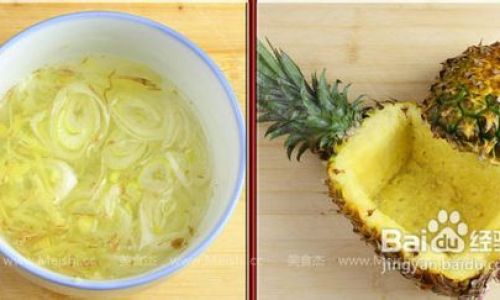
- 500g pork tenderloin or shoulder (cut into 2cm cubes)
- 1 tsp salt
- 1 tsp white pepper
- 1 tbsp soy sauce
- 1 tbsp Shaoxing rice wine
- 1 large egg (beaten)
- 50g cornstarch (plus extra for dredging)
- Vegetable oil (for frying)
For the Sweet and Sour Sauce:
- 1 ripe pineapple (reserve 1/4 for garnish, juice from the remaining 3/4)
- 1/2 cup tomato ketchup
- 1/4 cup rice vinegar
- 1/4 cup brown sugar
- 2 tbsp soy sauce
- 1 tbsp oyster sauce
- 1 tsp sesame oil
- 1 tbsp cornstarch (dissolved in 2 tbsp water)
For the Vegetables and Aromatics:
- 1 green bell pepper (diced)
- 1 red bell pepper (diced)
- 1 medium onion (diced)
- 3 garlic cloves (minced)
- 1 tbsp fresh ginger (grated)
- 2 spring onions (chopped, for garnish)
For the Pineapple Boat:
- 1 whole pineapple (as mentioned above)
- 1 tsp honey (optional, for glazing)
Step-by-Step Preparation
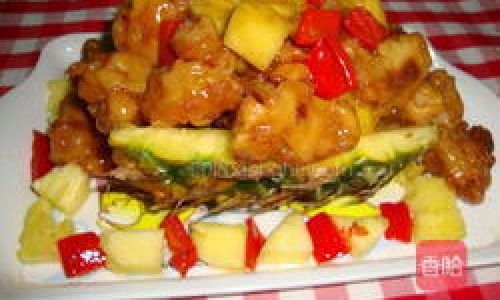
Preparing the Pineapple Boat
Begin by slicing off the pineapple’s crown, about 3cm from the top. Set the crown aside for garnish. Using a sharp knife, carefully cut around the perimeter of the pineapple, 1cm from the skin, angling the blade inward to create a wall. Scoop out the flesh with a spoon, reserving 1 cup of diced pineapple for the sauce and 1/4 cup for garnish. Avoid piercing the bottom to prevent leakage. Optional: Brush the inside with honey for a caramelized finish.
Marinating the Pork
In a bowl, combine pork cubes, salt, pepper, soy sauce, and rice wine. Let marinate for 20 minutes. This step tenderizes the meat and infuses it with umami.
Coating and Frying the Pork
Drain the pork (discard marinade). In a separate bowl, mix beaten egg and 50g cornstarch to form a thick batter. Toss pork cubes in the batter until fully coated. Heat oil in a wok or deep pan to 180°C (350°F). Fry pork in batches for 4-5 minutes until golden and crispy. Drain on paper towels. Pro tip: Double-frying ensures extra crunch. Reheat oil to 190°C (375°F) and fry again for 1-2 minutes.
Crafting the Sweet and Sour Sauce
In a saucepan, combine pineapple juice (from the hollowed fruit), ketchup, vinegar, brown sugar, soy sauce, oyster sauce, and sesame oil. Simmer for 5 minutes. Whisk in cornstarch slurry until thickened. Adjust seasoning to taste—add more sugar for sweetness or vinegar for tang.
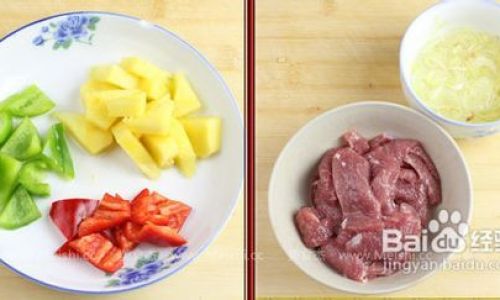
Stir-Frying the Vegetables
Heat 1 tbsp oil in a clean wok. Sauté garlic and ginger until fragrant. Add bell peppers and onion, stir-frying for 3-4 minutes until tender-crisp.
Combining All Elements
Toss fried pork and vegetables into the saucepan with the sweet and sour sauce. Stir gently to coat. Fold in reserved diced pineapple, ensuring even distribution. Cook for 2 minutes to meld flavors.
Assembling the Pineapple Boat
Transfer the pork mixture into the hollowed pineapple. Garnish with spring onions and the reserved pineapple crown. Serve immediately, encouraging diners to scoop portions directly from the boat.
Tips for Perfecting the Dish

- Pork Selection: Tenderloin offers lean tenderness, while shoulder provides richer flavor. Adjust frying time accordingly.
- Coating Consistency: The batter should cling to the pork without dripping. Add cornstarch gradually if too runny.
- Sauce Balance: Taste before serving—sweetness can vary based on pineapple ripeness.
- Oil Temperature: Maintain consistent heat to prevent sogginess. Use a thermometer if unsure.
- Make-Ahead Option: Prepare components in advance, but assemble just before serving to preserve crispiness.
Cultural Significance and Modern Twists
While Pineapple Boat Sweet and Sour Pork is a feast for the eyes, it’s also a nod to culinary adaptability. Early Cantonese immigrants to Southeast Asia and the West incorporated local ingredients like pineapple, reflecting resourcefulness. Today, chefs experiment with substitutions—think mango or lychee—or add heat with chili flakes. Yet, the dish’s essence remains: a celebration of contrasts, both in flavor and texture.
Pairing Suggestions
Complement the dish with steamed jasmine rice or chow mein noodles. For drinks, pair with jasmine tea to cleanse the palate or a light lager to balance the sweetness.
Conclusion
Crafting Pineapple Boat Sweet and Sour Pork is an act of culinary alchemy, merging tradition with creativity. Each step—from marinating the pork to carving the pineapple—honors the dish’s storied past while inviting modern interpretations. Whether served at a festive banquet or a casual family dinner, this dish transcends mere sustenance, offering a taste of history and a feast for the senses. So, don your apron, embrace the sizzle of the wok, and let the aroma of pineapple and spices transport you to the heart of Cantonese kitchens. Your table awaits a masterpiece.


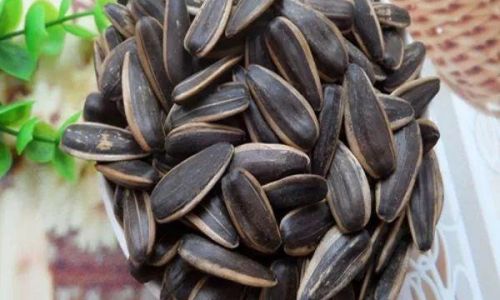
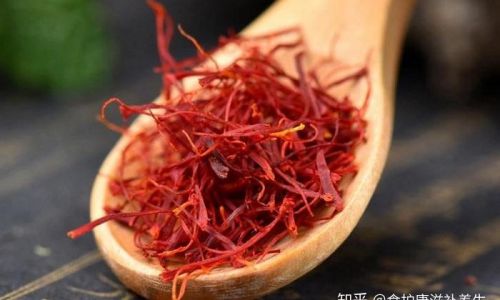
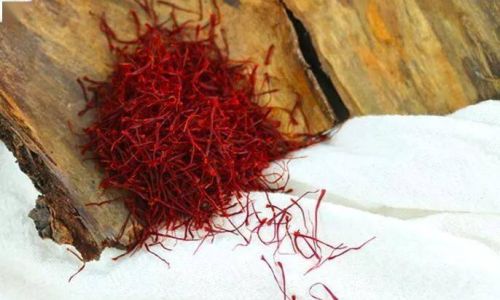
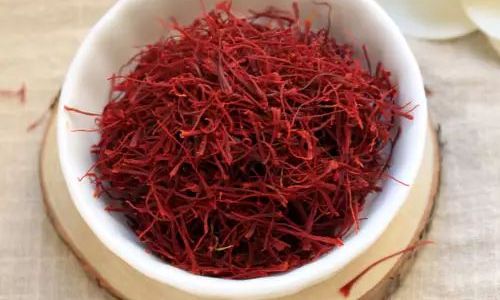
0 comments